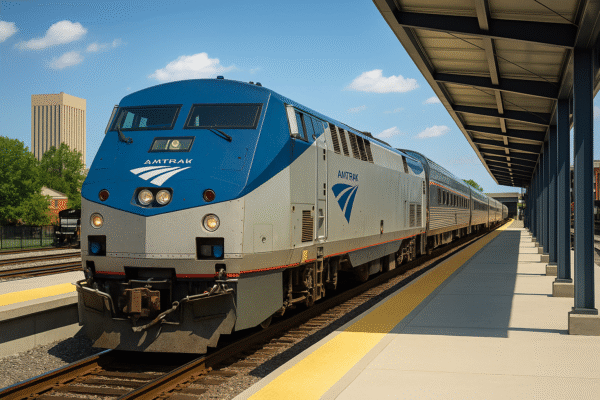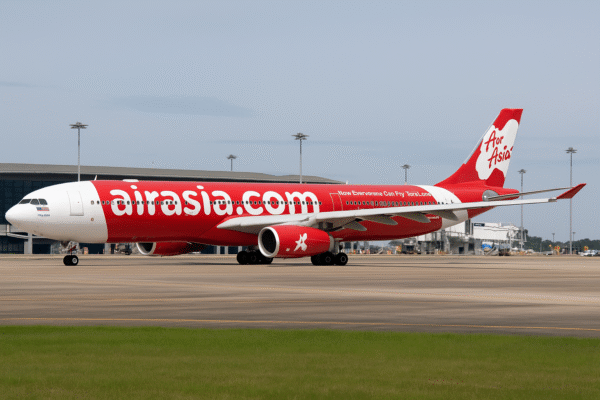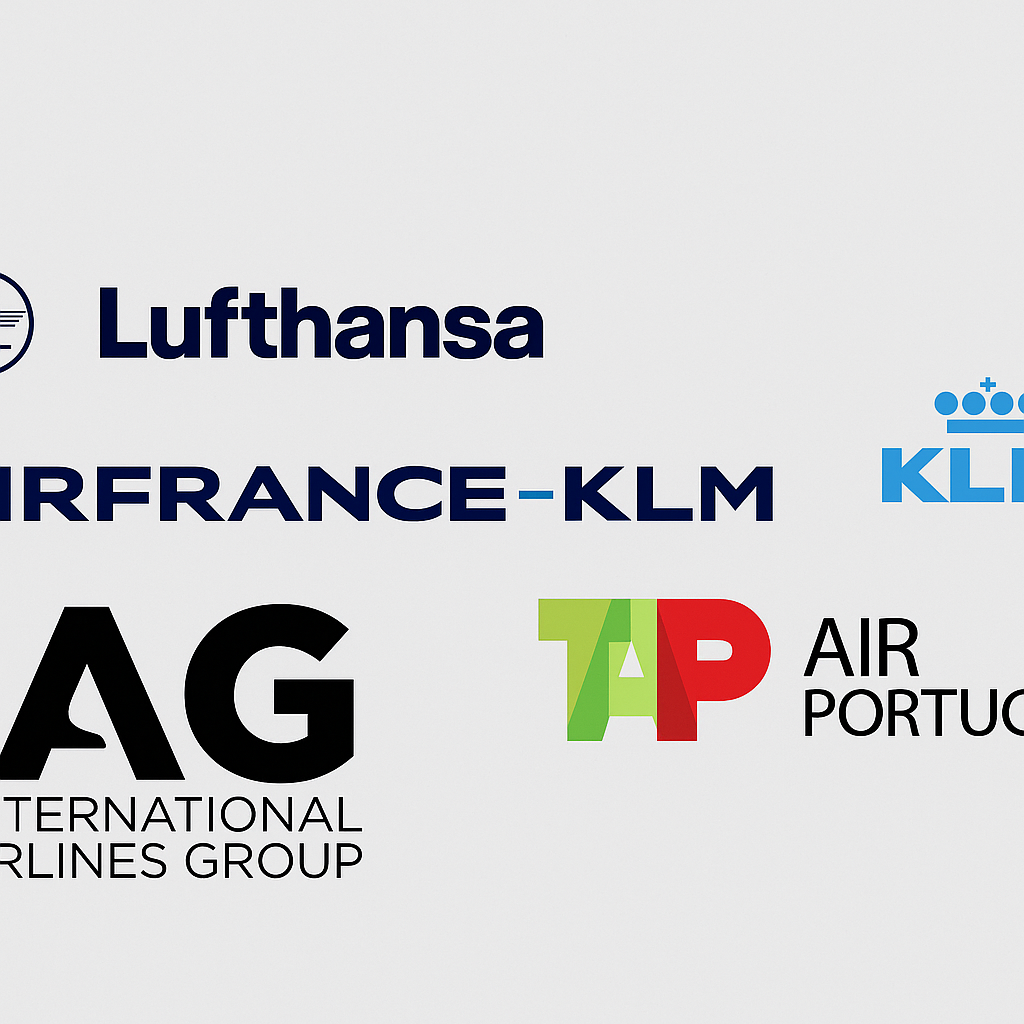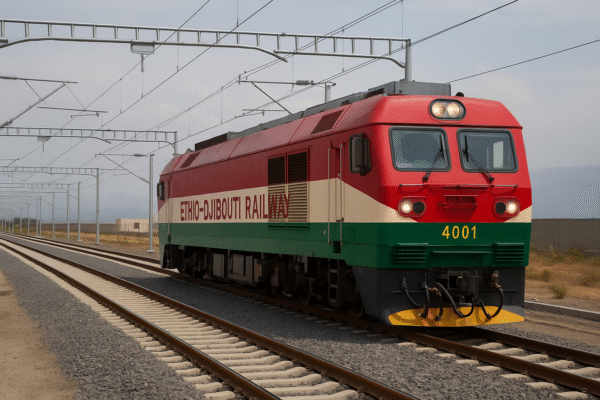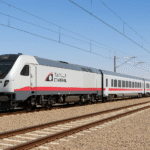The Ethiopia-Djibouti Standard Gauge Railway (SGR), Africa’s first fully electrified transnational railway, is rapidly redefining regional trade, economic ties, and even tourism across East Africa. Spanning 752 kilometers, the railway connects Addis Ababa, the Ethiopian capital, to Djibouti City, home to the strategic Port of Doraleh, through an efficient, eco-friendly route that has become a cornerstone of East African integration.
Constructed with financial and technical backing from China’s Belt and Road Initiative (BRI), the railway is more than a transportation link—it’s a symbol of cooperation, development, and economic transformation.
Driving Regional Economic Growth
Since commencing operations in 2018, the Ethiopia-Djibouti Railway has significantly impacted the economies of both nations. It serves as a crucial channel for Ethiopia, a landlocked country that relies heavily on Djibouti’s ports for over 95% of its imports and exports.
By reducing transport time from 3 days to just 12 hours, the railway has improved supply chain efficiency, reduced costs for businesses, and provided an environmentally friendly alternative to road freight.
Government officials from both nations have emphasized the strategic value of this infrastructure. Ethiopia’s Minister of Transport and Logistics, Alemu Sime, highlighted the railway as a milestone in achieving regional economic integration, especially within the frameworks of the African Continental Free Trade Area (AfCFTA).
Freight Capacity Set to Triple by 2027
Initially designed to handle 2 million tonnes of cargo annually, the Ethiopia-Djibouti railway is on an ambitious trajectory to increase freight capacity to 6.2 million tonnes by 2027, according to the Ethio-Djibouti Railway Share Company (EDR).
In 2023 alone, the railway transported more than 1.9 million tonnes of cargo and carried over 145,000 passengers, marking a 39% increase in transportation revenue since launch. This growth is a testament to the railway’s efficiency and its rising reputation among exporters, importers, and logistics providers.
The railway has also played a significant role in supporting Ethiopia’s industrial parks, particularly those in Dire Dawa, Hawassa, and Kombolcha, helping to transport finished goods directly to the port for international shipping.
Multimodal Services Redefining Logistics in the Horn of Africa
In 2025, the Ethio-Djibouti Railway Share Company secured a Multimodal Transport Operation (MTO) license, enabling it to diversify beyond railway operations. It now offers:
- Freight forwarding
- Warehousing
- Customs clearance
- Passenger transportation
- Logistics consultancy
This move positions the railway as a one-stop logistics hub, reducing transit inefficiencies and creating seamless connections between landlocked Ethiopia and international markets. These services are especially vital for agricultural exports, textiles, and minerals—three of Ethiopia’s most promising economic sectors.
Enhancing Bilateral and International Cooperation
The railway has not only improved trade logistics but has also strengthened bilateral ties between Ethiopia and Djibouti. Ethiopian Finance Minister Ahmed Shide praised the trilateral partnership with China as a blueprint for international cooperation.
According to the Djibouti Ports and Free Zones Authority, the project has spurred additional investment in port upgrades and inland container depots, further solidifying Djibouti’s status as the maritime gateway for East Africa.
This collaboration under the BRI reflects China’s growing footprint in Africa’s infrastructure sector, with the Ethiopia-Djibouti Railway serving as a flagship model for future public-private partnerships.
Promoting Regional Tourism and Cultural Exchange
While its primary function is freight, the Ethiopia-Djibouti Railway also plays a subtle but important role in boosting regional tourism. Travelers now enjoy a smoother, safer, and faster journey between two culturally rich nations.
From the bustling markets of Addis Ababa to the Red Sea beaches of Djibouti, tourists can experience both highland and coastal landscapes in one connected trip. The railway stops at key towns like Dire Dawa, known for its unique blend of Ethiopian, French, and Islamic cultures—making it a potential hotspot for eco-tourism and heritage tours.
Tourism boards in both countries have expressed interest in developing rail tourism packages, offering scenic journeys combined with guided tours to historical and natural attractions.
Future Outlook: The Backbone of East African Integration
As East Africa looks to enhance regional connectivity through initiatives like the Lamu Port-South Sudan-Ethiopia Transport (LAPSSET) Corridor and Africa’s High-Speed Rail Network, the Ethiopia-Djibouti Railway remains a critical pillar of sustainable development.
With plans to integrate with other railway lines and expand its logistics terminals, the railway is positioning itself as the backbone of intra-African trade, consistent with the vision of Agenda 2063 by the African Union.
Final Thoughts
The Ethiopia-Djibouti Railway represents more than steel tracks and electric trains—it is a living embodiment of African resilience, modernization, and cooperation. Whether measured in tonnes of freight, jobs created, or diplomatic goodwill, its impact resonates far beyond the railway line.
As it gears up for even higher capacity and broader services, this East African marvel is set to play a lasting role in trade facilitation, regional tourism, and continental unity.
For more travel news like this, keep reading Global Travel Wire


